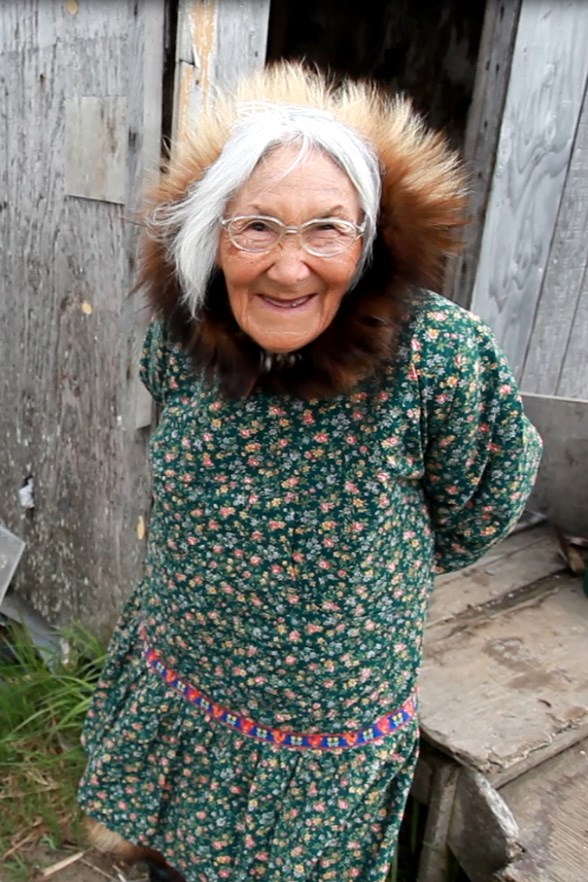Last updated: September 29, 2021
Article
Kuspuks: Classic Alaska Attire

Phil Westcott
Kuspuk is an English word based on the Indigenous Yup’ik word “qaspeq” which translates to “cloth over parka.” The original qaspeq was made from gut skin, animal hide, or feathered bird skin to keep the wearer warm and dry—a constant struggle known all too well by those who have live, work, and travel in the arctic.
In the 1800s, European whalers brought goods to trade, which included cloth bags filled with flour or sugar. Indigenous (Inupiaq/Yup’ik) women repurposed the cotton flour sacks and sewed a lightweight summer garment that resembled the “over parkas” worn in the winter.Today, kuspuks are often made of colorful or patterned cotton material and are locally hand-made. There are many variations on the pattern and can be specific to a village or family.
A village or family could have a specific style or pattern that is unique to them. Variations can be seen in the trim pattern, sleeve cut, addition of a skirt, color, or perhaps the addition of a zipper.The kuspuk is a versatile piece of clothing that can be dressed up or dressed down; it can be worn berry-picking or for formal celebrations or even in the state legislature on Fridays.
